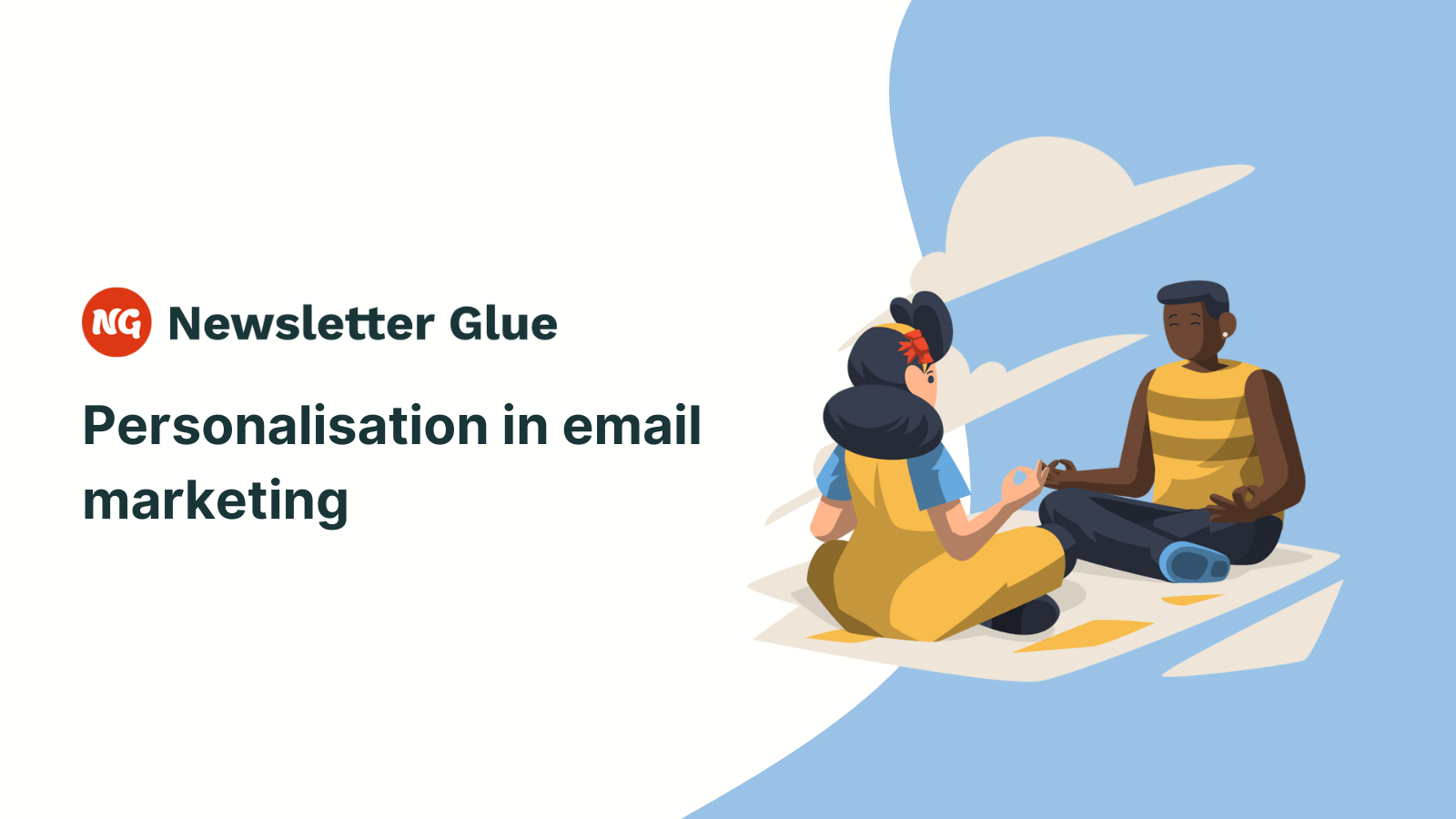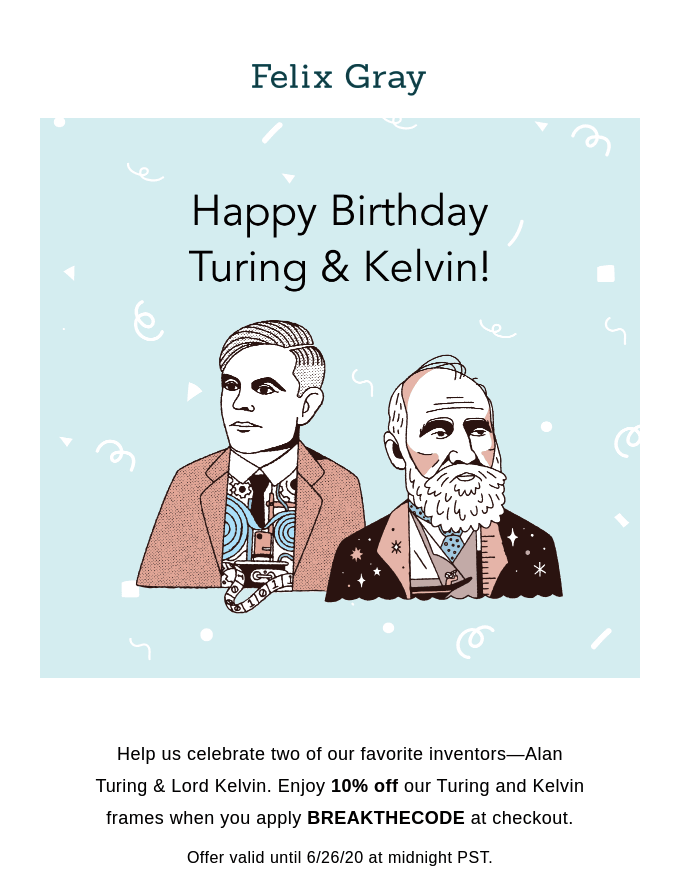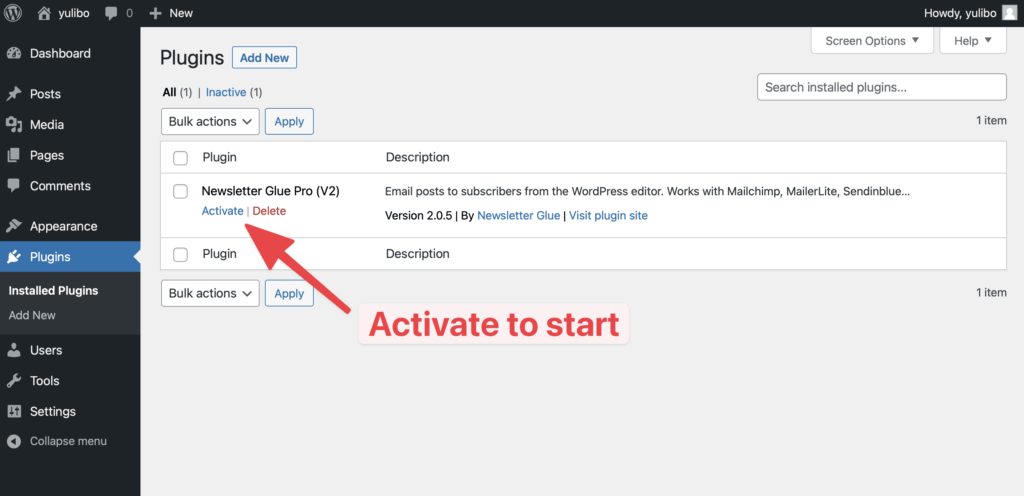In the world of email marketing, personalisation has become a powerful tool for publishers.
When you tailor your email content to individual recipients, you create engaging and relevant experiences for your audience. Personalisation helps you deliver the right content to the right people – and at the right time.
In this article, we’ll explore why you should consider email marketing personalisation and how it can help to drive audience loyalty, engagement, and ultimately, business growth.
What is email personalisation?
Email personalisation is the practice of customising email content to suit the specific interests, preferences, and behaviours of individual recipients.
By leveraging the data you hold about your customers, you can target specific subscribers – and send information you know they want. This data could be their first name, the last product they bought, where they live, or other relevant data points.
Types of email personalisation
Basic personalisation
Basic personalisation is a simple strategy and typically involves incorporating a subscriber’s name in the subject line or email body. This basic method makes the email appear more personal and tailored to the individual.
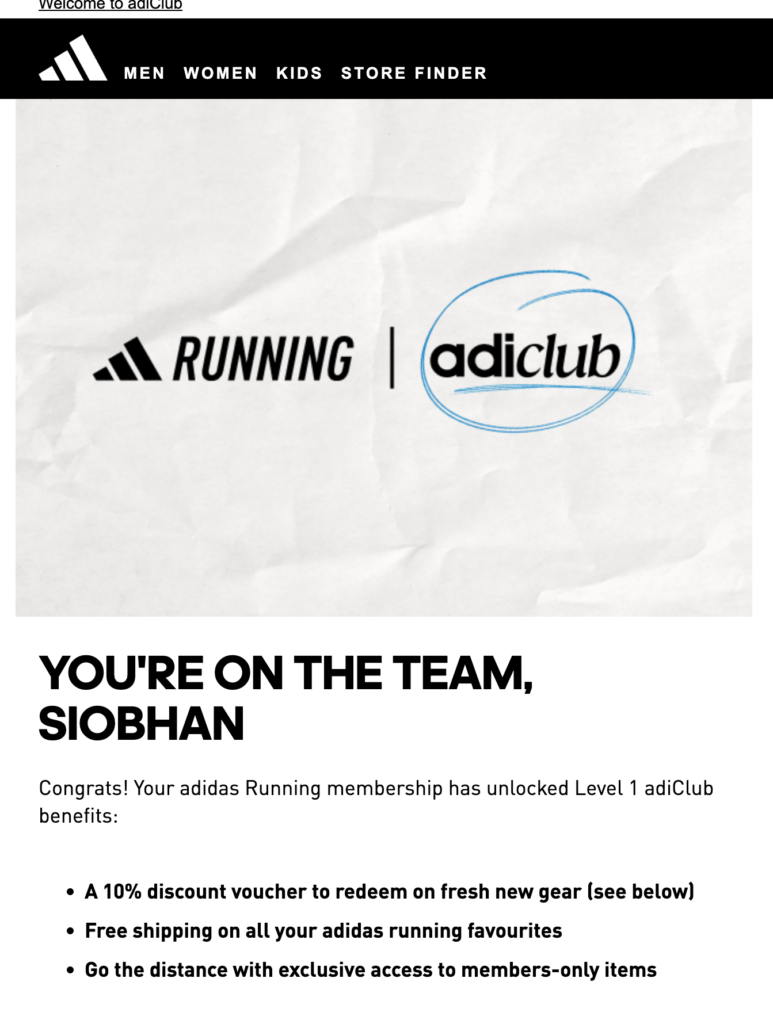
Behavioural personalisation
Behavioural personalisation is a more sophisticated approach. This approach customises email content based on specific subscriber actions – such as how they interact with your website – delivering more targeted and relevant content.
For example, leaving something behind in your basket could trigger a behavioural email like below.
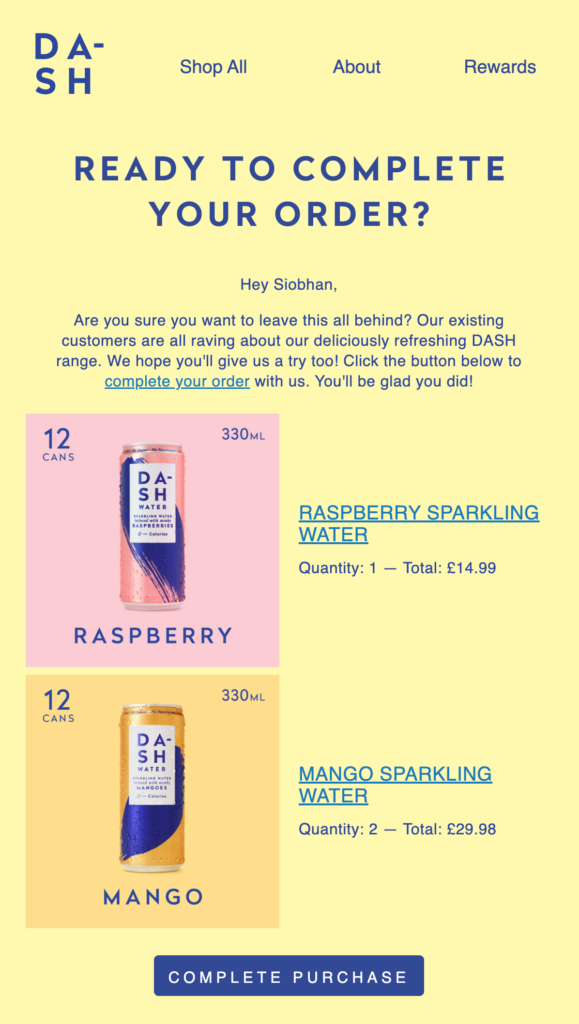
How does personalisation help in email marketing?
Personalisation plays a crucial role in email marketing, offering several benefits that can significantly impact your email marketing campaign’s success.
1. Increased open rates and click-through rates
Personalised subject lines can lead to higher open and click-through rates – the key metrics for measuring email campaign success.
According to Campaign Monitor, emails with personalised subject lines are 26% more likely to be opened compared to generic subject lines.
When recipients see their name or other personalised elements in the subject line, it creates a sense of relevancy and piques their curiosity.
2. Improved engagement and conversion rates
When emails are personalised, tailored, and relevant to individuals, it captures attention and increases their likelihood of engaging with the content – by taking the actions you want them to.
Whether that’s making a purchase, signing up for a service, or filling out a contact form.
Twilio Segment reports that 60% of consumers are more likely to become repeat buyers after receiving personalised emails.
3. Enhanced subscriber experience and satisfaction
Personalisation in email marketing goes beyond just increasing open rates and conversions; it also contributes to enhancing the subscriber experience.
When your subscribers receive personalised emails that cater to their specific interests, preferences, and needs, they feel valued and understood. This can lead to a more positive perception of your brand and a stronger sense of connection with the content.
4. Improved brand loyalty
Delivering tailored content can help to build customer loyalty and retention. And when customers feel loyal to a brand, they are more likely to choose it over competitors. This word-of-mouth promotion helps to contribute to the long-term growth of any brand.
5. Increase in Customer Lifetime Value (CLV)
Nurturing customer relationships through personalised emails encourages repeat purchases, cross-selling, and upselling opportunities – which all add up to a higher CLV.
Personalised recommendations based on customers’ past purchases or browsing history can also drive additional sales. Research from Accenture reveals that 75% of consumers are more likely to purchase from a brand that identifies them by name. Not only that, but the same applies when a brand recommends products based on their preferences – or knows their purchase history.
How to personalise your email newsletters?
Here are a few suggestions to help you get started with email newsletter personalisation.
Use first name personalisation
Incorporating the recipient’s first name in the email creates an immediate sense of personalisation, and it’s a really simple way to get started. With Newsletter Glue, you can use merge tags to personalise your emails with first name data. You can even add other elements of personalisation, such as their email address or read online links.
Addressing them by their name in the subject line or body copy adds a human touch and increases the likelihood of them engaging with your emails.
Audience segmentation
Begin by segmenting your email list based on important criteria like demographics, preferences, purchase history, or engagement levels.
This allows you to create targeted groups and tailor your content specifically to their interests and needs. By understanding your audience segments, you can deliver more personalised and relevant messages.
Dynamic content
Dynamic email content allows you to create personalised experiences within a single email. This is achieved by swapping content blocks based on the recipient’s data or preferences. This enables you to showcase targeted product recommendations, tailored offers, or share location-specific information.
Behavioural triggers
Use your audience’s behavioural triggers to send automated emails based on specific actions. For example, you can set up trigger-based emails like abandoned baskets, website browsing behaviour, or previous purchases.
Delivery based on the time zone
To create a more personal approach based on location, consider delivering your emails based on the recipient’s time zone. This ensures that your emails reach your subscribers at the most optimal time for them, increasing the chances of them reading.
MailerLite’s timezone delivery feature allows you to automate the delivery based on each subscriber’s timezone.
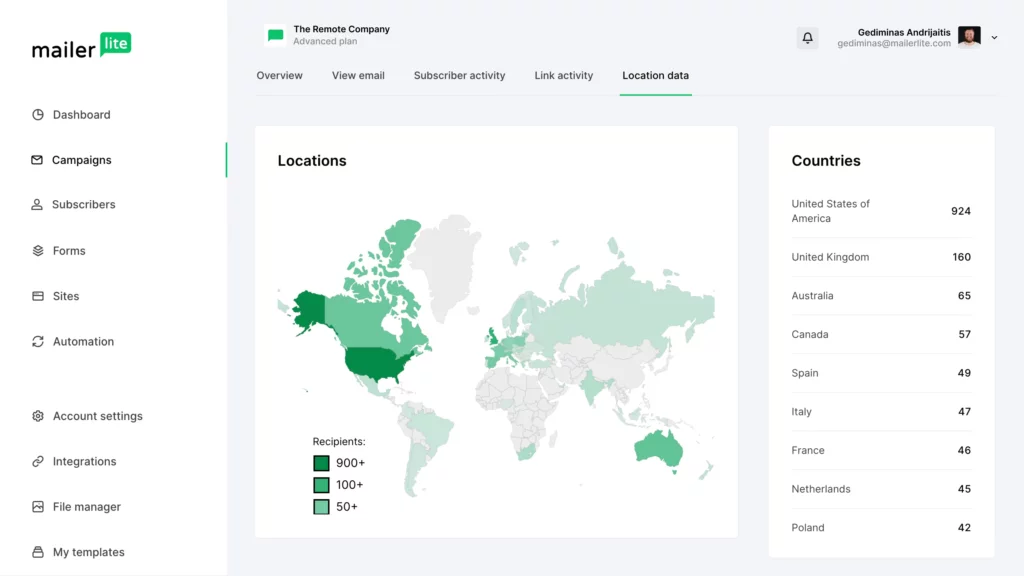
Examples of personalisation
Here are a few examples email personalisation to help you get started.
1. Special offers
Retail giant Amazon is known for its highly personalised recommendation emails. They analyse customers’ browsing and purchase history to understand customer preferences. Based on this data, they send targeted emails featuring personalised discounts for items that align with the customer’s interests.
For example, if a customer has recently searched for laptops, Amazon may send an email offering a discount on laptops or related accessories.
2. Product recommendations
Another way to personalise your emails is by suggesting products or services that your customers might like. This could be based on previous purchases, browning behaviour or predictive analytics.
Netflix is another business that shines in the personalisation field. Sending personalised recommendations tailored to each subscriber’s tastes, from notifications about new releases to similar shows from your favourite genres and actors.

3. Event or activity data
Personalisation can also come from subscriber data. A great example is Spotify’s Year in Review emails that summarise a music-lover’s listening habits and top songs of the year, bringing back memories and creating a sense of nostalgia. Spotify has done this so well that many listeners now look forward to their Year in Review email landing in their inboxes.

Spotify also regularly sends personalised music recommendations, such as “Discover Weekly”, which feature songs and artists similar to those the user previously enjoyed.
4. Birthday and anniversary emails
Personalised emails sent to users on their birthdays or anniversaries are a great place to start. Consider including special offers, discounts, or personalised messages to enhance customer loyalty and engagement.
5. Cart abandonment flows
Abandon cart emails simply send a reminder to users that have left items behind in their cart. This is a great opportunity to provide more information about your brand (such as USPs) or even offer an incentive like a discount code. Here’s a great example of this:
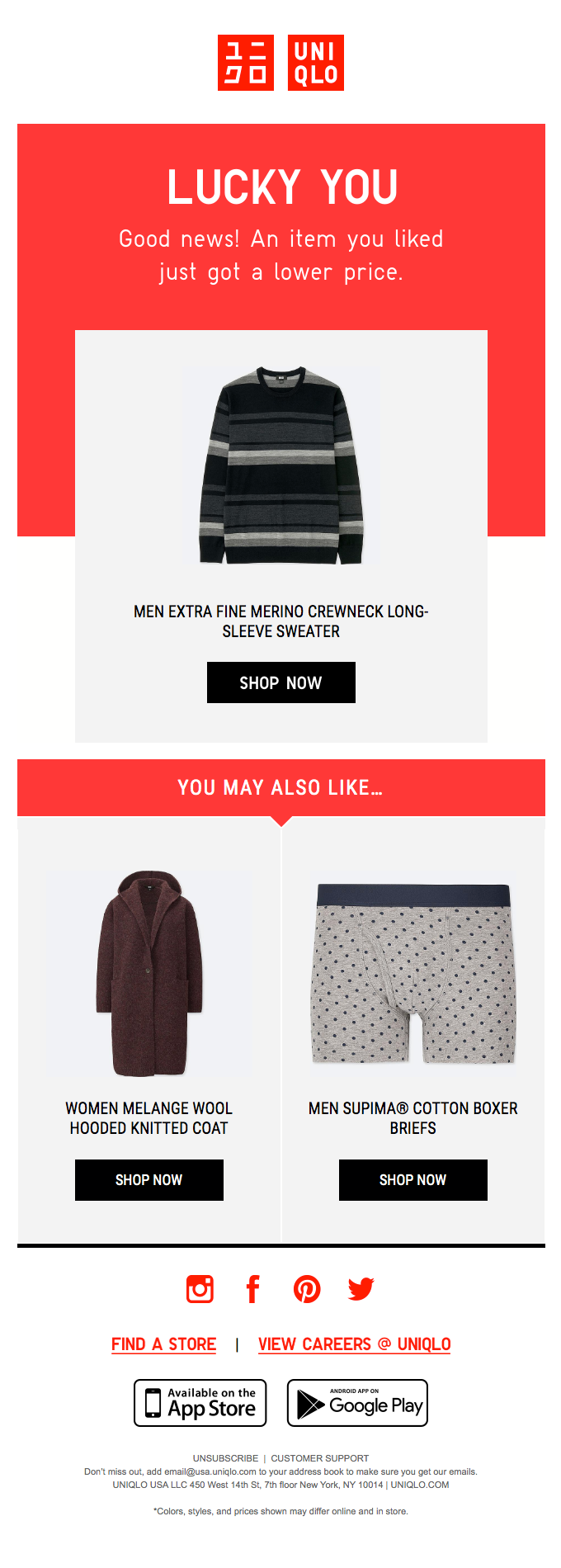
Start your personalisation journey
Email marketing personalisation has become an essential strategy for publishers looking to drive engagement and convert their customers.
By leveraging customer data and employing different personalisation tactics, you can create targeted and relevant email campaigns that resonate with your subscribers. The examples we’ve covered highlight the effectiveness of personalisation techniques, from using customers’ names to referencing their past interactions and tailoring offers to their preferences.
It’s important to choose an email marketing platform that helps you to create personalised email campaigns and newsletters.
Next steps
How can Newsletter Glue help?
Are you a publisher looking to streamline your newsletter operations and send more personalised content? We’re here to help.
With Newsletter Glue, you can effortlessly build and publish your newsletters without ever leaving WordPress.
Our satisfied customers have reported saving an average of at least an hour per newsletter by using our platform. And, by having all your newsletter issues within WordPress, you can seamlessly implement subscription, advertising, and growth strategies. Say goodbye to the hassle and hello to increased efficiency and revenue with Newsletter Glue.
- Request a demo – Get to know Newsletter Glue with a helping hand from our team.
- Visit our blog – Our team has created some great resources to help you get the most out of your email marketing.

